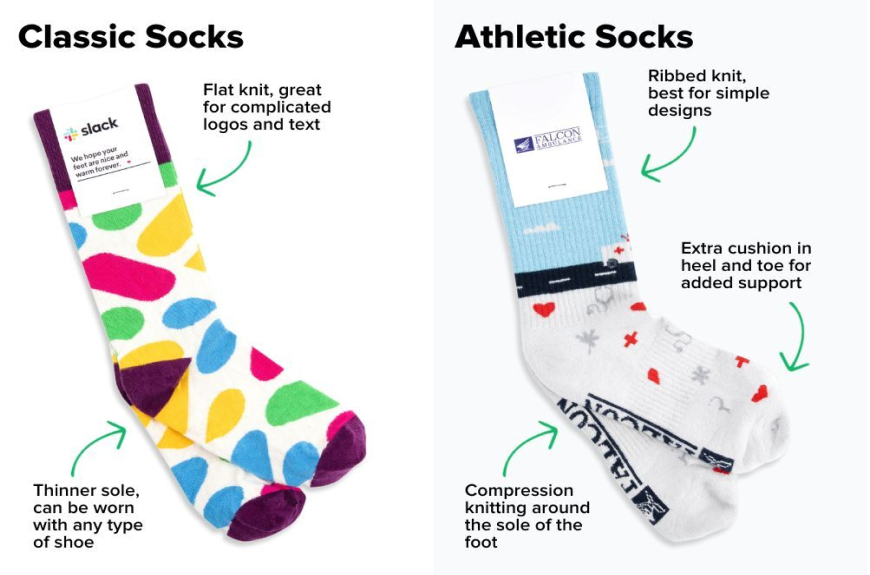The sock industry has gone truly global. What was once a highly localized craft is now a sophisticated, international operation—driven by cost, quality, speed to market, and innovation. Whether you're sourcing for retail, promotional campaigns, or private label collections, understanding where socks are made—and what each region brings to the table—is key to making smart, scalable decisions.
China: High Volume, High Efficiency
China continues to lead global sock production, and for good reason. The country offers unmatched manufacturing scale, deep expertise, and highly efficient logistics infrastructure. With billions of pairs produced annually, it’s the go-to for brands seeking cost-effective, high-volume output. Major players like Hanes rely on Chinese facilities to meet demand quickly and consistently.
United States: Premium Quality and Local Appeal
For buyers prioritizing domestic production, the U.S. offers compelling advantages. From southeastern cotton mills to vertically integrated factories like Darn Tough in Vermont, American-made socks offer quality, durability, and a strong "Made in USA" value proposition—particularly important for government contracts, brand storytelling, or local-first strategies.
Turkey & Pakistan: Strong Quality Meets Competitive Cost
Turkey is known for its high-quality cotton yarns and modern manufacturing capabilities, making it ideal for mid- to high-tier sock programs. Pakistan, meanwhile, is an increasingly attractive option for budget-conscious buyers looking to balance cost with improving quality standards. Both regions are favored by growing consumer brands and promotional distributors alike.
Europe: Where Craft Meets Customization
European manufacturers—especially in Italy and Portugal—specialize in high-end, fashion-forward socks. These facilities often support lower MOQs with elevated craftsmanship, technical knitting, and boutique production runs. Ideal for luxury collaborations, capsule collections, or specialized markets where quality and design take precedence over cost.
Southeast Asia: Emerging Powerhouses
Vietnam, Indonesia, and Thailand are quickly scaling up their manufacturing capabilities. These countries offer a compelling mix of skilled labor, lower production costs, and increasingly sophisticated operations—making them attractive alternatives to China for brands looking to diversify or reduce risk across their supply chain.
What This Means for You
Global diversification in sock manufacturing means more options—and more strategic flexibility. Whether you're focused on lead time, margin, quality, or sustainability, there's a manufacturing region that aligns with your priorities. From high-volume basics to premium, retail-ready styles, understanding the global landscape allows you to source smarter, build resilience, and deliver exactly what your customers want.


